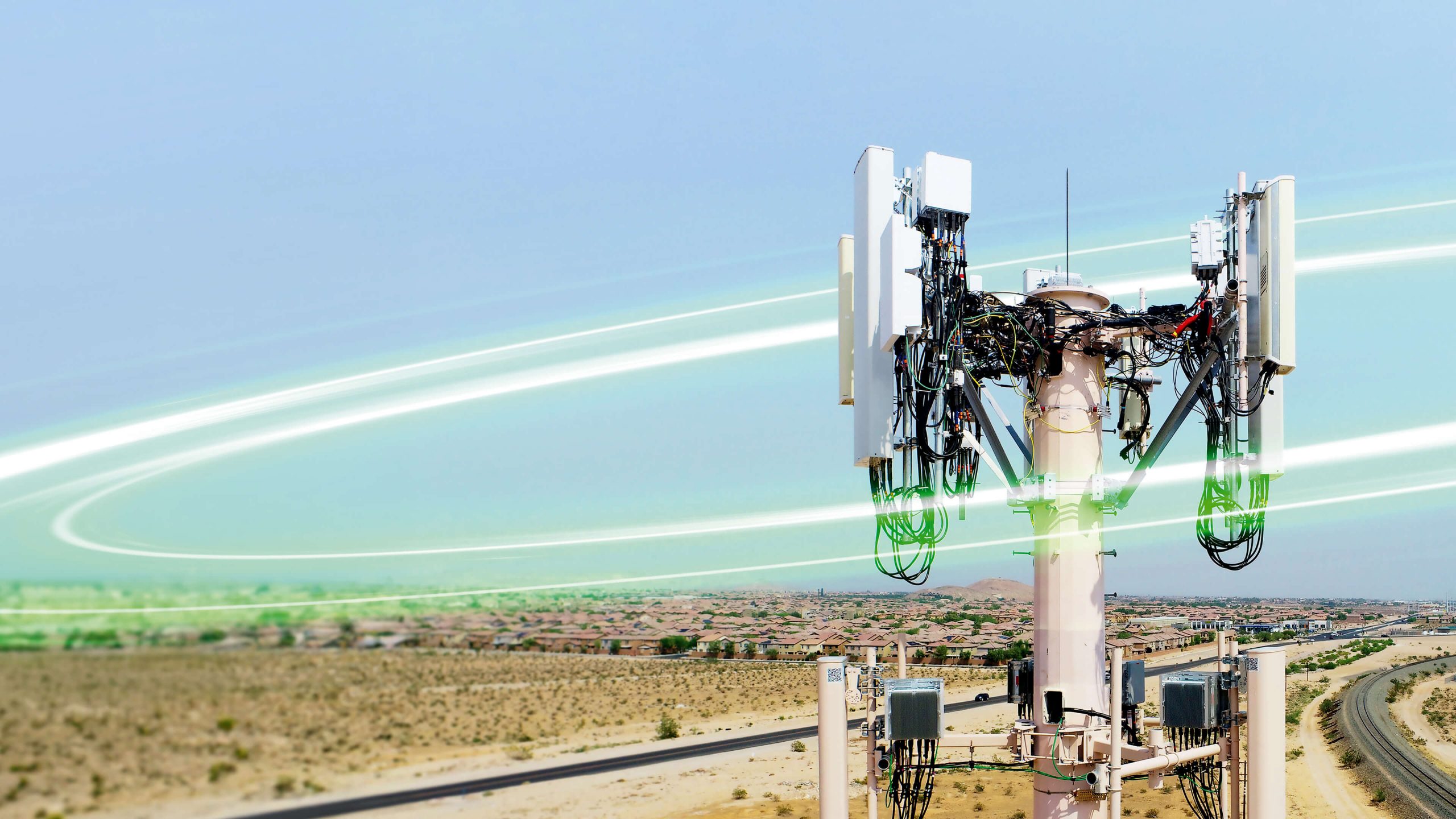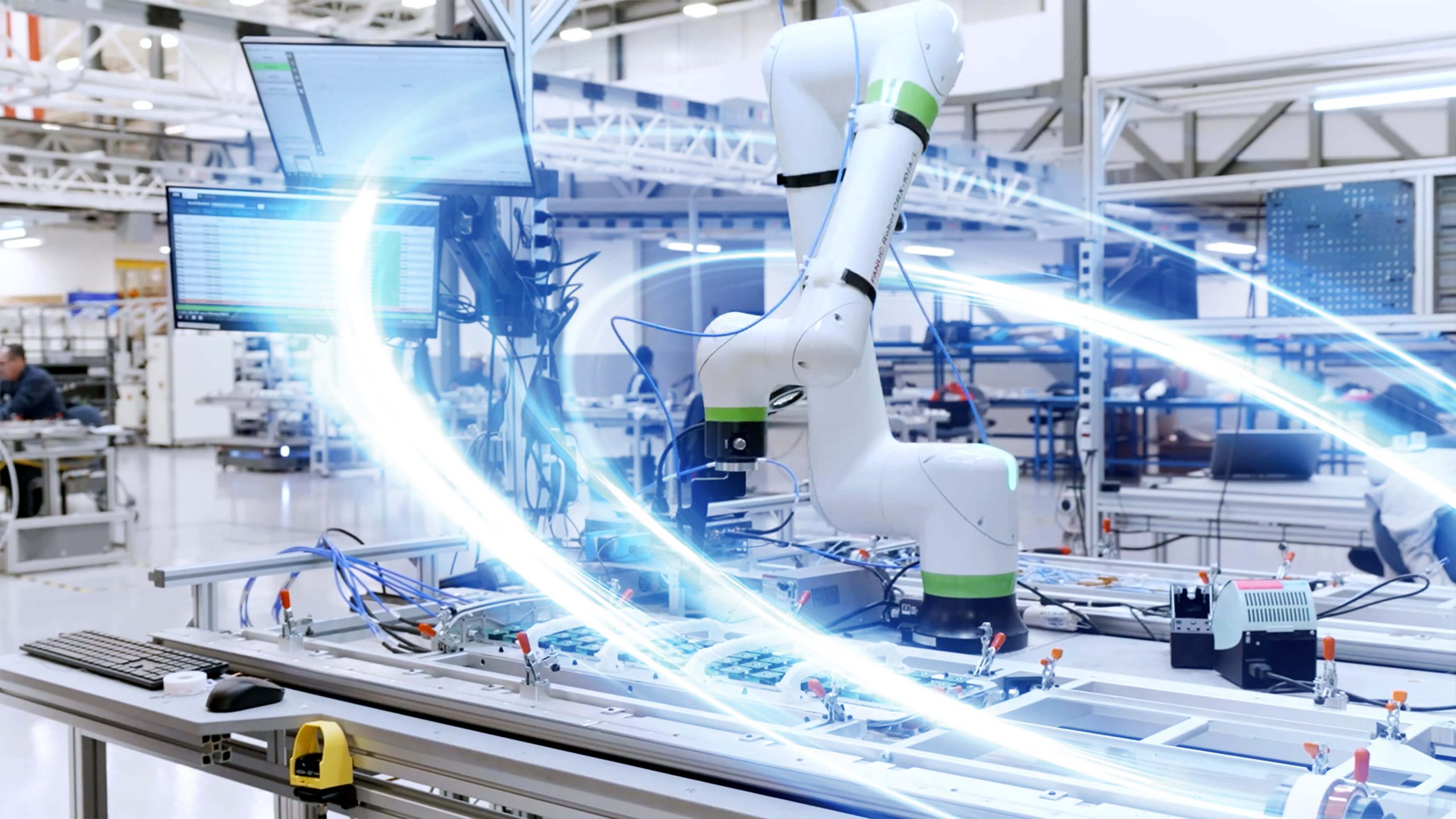Keeping pace with the mobile communications needs of staff, patients and visitors

Today’s healthcare facilities have transformed into high-tech hubs that not only demand robust cellular connectivity in-building, but often across expansive outdoor environments too. A medical center’s wireless network is critical for multiple purposes such as enhancing patient care and safety, increasing staff productivity, improving operations, and keeping family and friends connected. To accommodate these various needs, healthcare facilities are turning to converged networks. The wireless system must support a wide range of frequencies, different protocols, any modulation scheme, and it must be future-proof. The ultimate goal is to provide strong wireless connectivity inbuilding and across a medical campus cost-effectively.
Wireless networks enable workflows, and assure control, mobile access and security
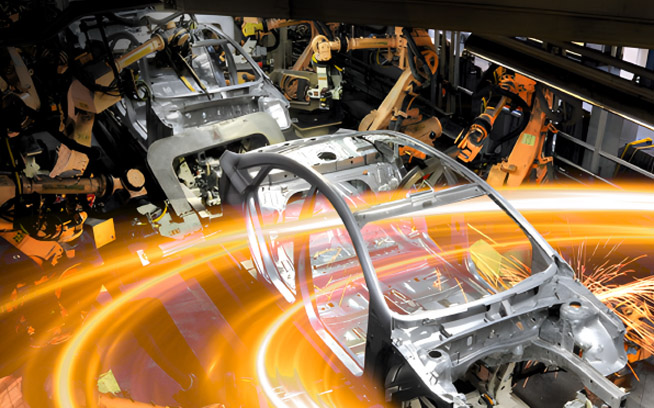
With today’s global economy the industrial sector is becoming more competitive. It is ushering in new technologies and processes to ensure factories become more agile, productive, efficient and profitable. The Industrial Internet of Things (IIOT) revolution is fundamentally changing how factories operate. IIOT is still in the nascent stages of adoption and considered the new frontier in manufacturing, but it could amount to a $2 trillion opportunity by 2020.1 Potentially the IIOT will impact everything from new product opportunities, to factory optimization and worker efficiency gains, resulting in top and bottom line increases. Consistent and reliable wireless communications is critical for factories in general, and now more than ever with IIoT-based smart manufacturing environments.
Empowering Shopping Malls with Ubiquitous Cellular Coverage
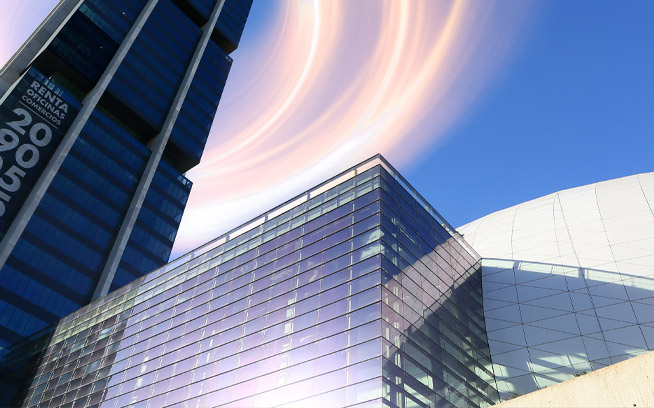
Today’s malls are transforming. These mega structures not only include hundreds of stores, but many also house movie theatres, numerous restaurants, a playhouse, a hotel and parklike settings for resting during a busy day of shopping. Providing robust cellular coverage in such massive facilities visited by millions of shoppers every year is not an easy feat. It is becoming an increasingly difficult challenge as more and more customers use their smart phones to enhance their shopping experience. Furthermore, retailers and mall owners are utilizing the same in-building wireless network for a variety of applications that attract patrons and improve their in-store mobile experience.
Commercial Properties Recognize Wireless Connectivity Challenges
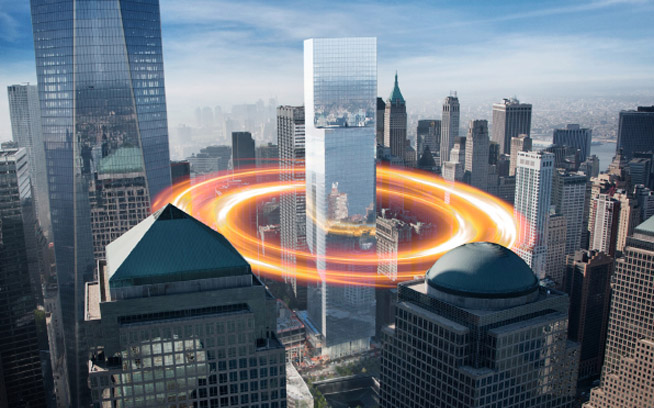
Today’s property managers are always looking for an edge in the highly competitive commercial real estate market. In fact, the U.S. office market vacancy rates are projected to hover around 12 percent for the next few years.1 To keep their properties full, managers must continue to ensure tenant satisfaction with building amenities above and beyond the standard offerings. Robust in-building cellular coverage and capacity is now becoming a must-have for commercial properties. Ever increasing data demands on traditional cellular networks require investments to empower tenants who expect mobile connectivity anywhere, anytime.
Enabling Today’s High-Tech Healthcare Facilities
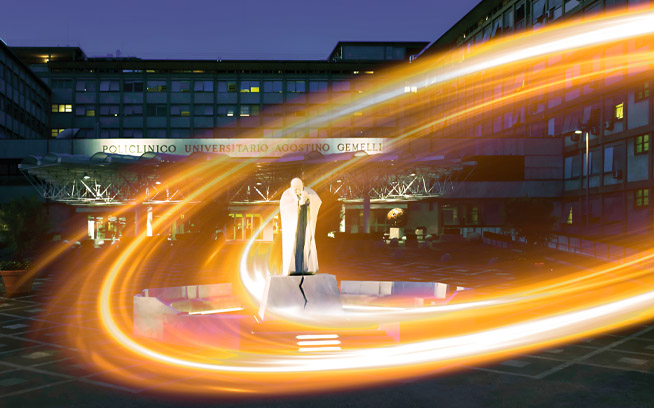
Today’s healthcare facilities have transformed into high-tech hubs that not only demand robust cellular connectivity in-building, but often across expansive outdoor environments too. A medical center’s wireless network is critical for multiple purposes such as enhancing patient care and safety, increasing staff productivity, improving operations, and keeping family and friends connected. To accommodate these various needs healthcare facilities are turning to converged networks. The wireless system must support a wide range of frequencies, any protocol and any modulation scheme as well as be future-proofed. The ultimate goal is to provide strong wireless connectivity in-building and outdoors with an affordable TCO
(Total Cost of Ownership).
Keeping Subscribers Connected and Cell Towers Concealed

Subscribers love the convenience and connectivity their cell phones afford them. However, to enable communication anywhere, anytime cell phone towers must be erected across the land, which is not loved by these very same mobile users. Many times they are eyesores and ruin beautiful landscapes. To combat this issue, mobile network operators (MNOs) are turning to creative ways to conceal them.
To better blend in with the environment cell towers often are disguised as a tree, a piece of art, a cactus or many community churches are hiding them in their steeples.
A leading US mobile network operator decided to use the concealment method by placing a cell tower in a local church steeple. The mobile operator avoided community opposition to the conventional cell tower, but unfortunately experienced another problem instead – chronic RTWP (Received Total Wideband Power) noise issues across all existing lines. RTWP is related directly to Uplink Interference, which causes performance degradation. Many valuable hours and much money was spent trying to identify the source of the connection issue.
Increase Passenger Safety, Productivity and Ridership with a Proven In-Train Solution

Due to congestion, pollution concerns, and the ever-increasing costs of fuel and parking, millions of people are getting off the roads and opting for trains as an alternative mode of transportation. For many passengers, their daily commute has translated into additional work time, and as a result they need to be reachable and able to communicate. Furthermore, on-board operators and riders alike are concerned about safety in the moving train; therefore, wireless connectivity is mandatory.
Empowering Mission Critical Communication

Minutes matter in the world of first responders. The lack of instantaneous mobile communication can impede their mission to protect citizens every day. A robust wireless network is critical to successfully execute this mission.
C-DAS & Capacity Management Empower Metros & Campuses
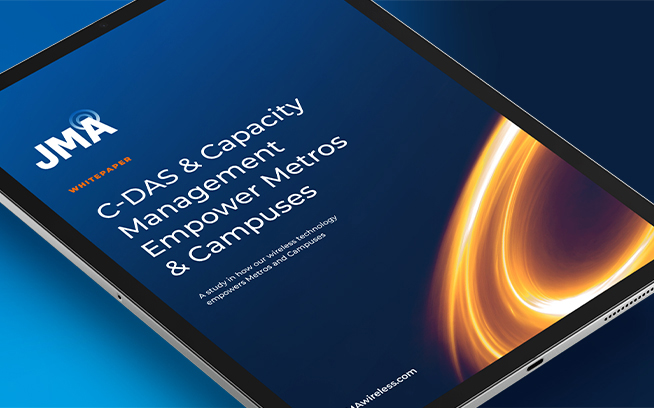
A study in how our wireless technology empowers Metros and Campuses.
Maximizing Wireless Utility Through Software-Based Networks
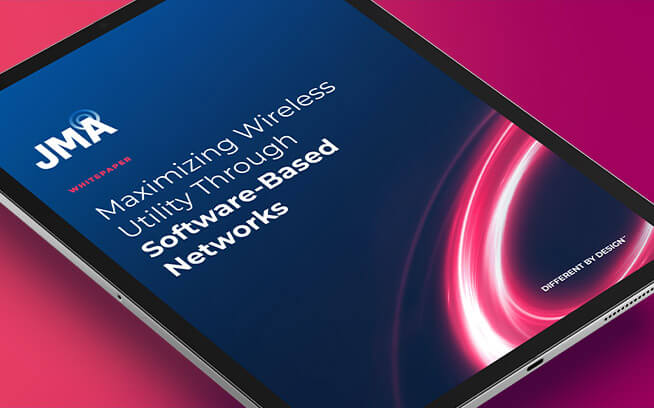
There’s no arguing the fact that cellular communication has transformed our lives. That pace of innovation across the internet space is nothing short of remarkable. We, as an industry, have moved from the days of analog communication where it was difficult to find a signal and voice was your only medium, to today’s world where it could seem foreign not to be able to stream a movie in ultrahigh definition to multiple devices simultaneously.


